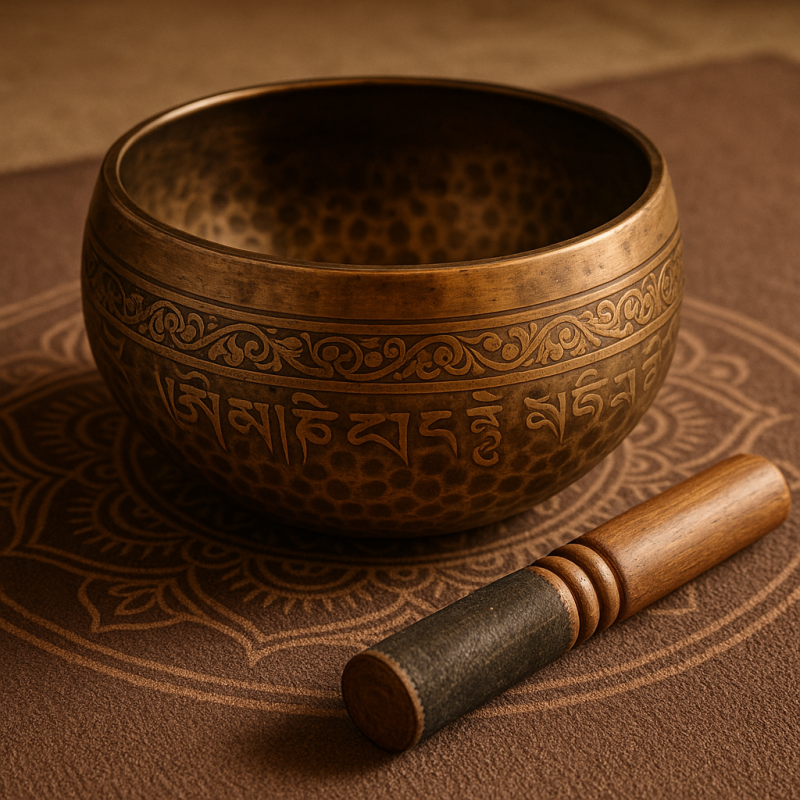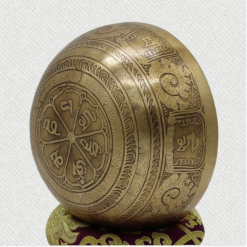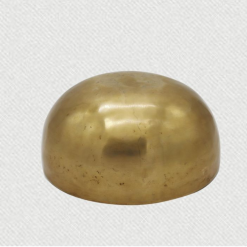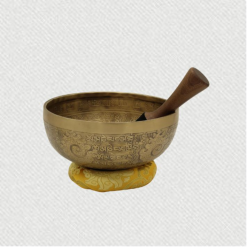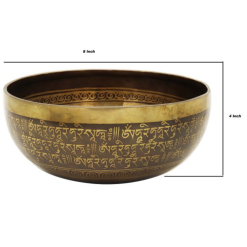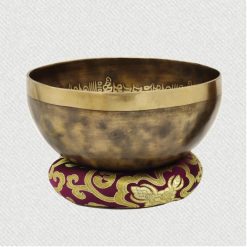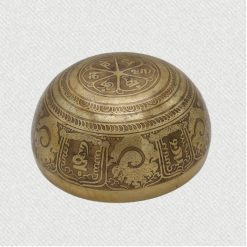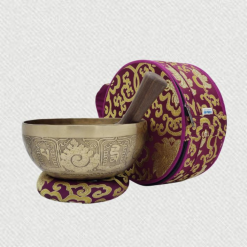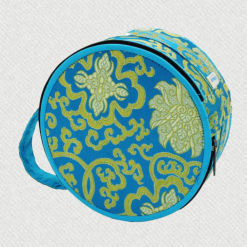Infomercial
Everything You Need to Know About Tibetan Singing Bowls: History, Science & Spirituality
If you’ve ever been in a yoga class, meditation session, or sound bath and heard a soft, humming tone that made your mind instantly quiet — you’ve experienced the magic of a Tibetan singing bowl.
These beautiful, hand-crafted metal bowls have mesmerized people for centuries with their deep, resonant sound. But beyond their calming tone lies a fascinating story woven from history, science, and spirituality.
In this guide, you’ll learn where they come from, how they work, the benefits they offer, and how to choose the perfect bowl for your practice.
1. What is a Tibetan Singing Bowl?
At its core, a Tibetan singing bowl is a type of standing bell. Instead of producing a quick chime, it “sings” when struck or rubbed around the rim with a mallet — creating a rich, sustained tone that lingers in the air.
Common uses include:
Meditation and mindfulness practice
Sound healing and therapy sessions
Chakra balancing
Creating a peaceful atmosphere at home, in a yoga studio, or during therapy
Authentic singing bowls are handmade from a blend of metals and each bowl has a unique sound signature — no two are exactly alike.
2. A Little History (and Myths to Clear Up)
Despite their name, Tibetan singing bowls have been crafted and used across the Himalayan region — especially in Nepal and northern India — for hundreds of years.
Interestingly, there’s limited evidence they were a mainstay in ancient Tibetan Buddhist rituals. Instead, their rise in popularity came in the mid-20th century, when Western travelers, healers, and musicians introduced them to audiences in the United States and Europe.
Today, they are cherished worldwide for their combination of cultural heritage, craftsmanship, and therapeutic sound.
3. The Science Behind the Soothing Sound
The relaxation you feel when hearing a singing bowl is backed by science.

When the bowl vibrates, it creates sound waves that your body both hears and feels. These vibrations can:
Slow brain waves, encouraging deep relaxation
Reduce stress hormone levels like cortisol
Support steady, mindful breathing
Some bowls are tuned to specific frequencies linked to different effects:
432 Hz – Harmony, grounding, balance
528 Hz – “Love frequency,” emotional healing
639 Hz – Connection, improved communication
This is the essence of sound therapy — using vibration to influence mind, body, and emotions.
4. The Spiritual Side of Singing Bowls
Singing bowls are more than just musical instruments. For many, they’re a spiritual tool for centering the mind, clearing negative energy, and deepening meditation.

You’ll often see them used:
At the start and end of yoga sessions
In sound bath or energy healing therapy
For chakra balancing and alignment
As part of a personal meditation ritual
They are not tied to a single religion — rather, they are a universal way to create space for peace and mindfulness.
5. How to Play a Tibetan Singing Bowl
Playing a singing bowl takes just a little practice. There are two main techniques:
Option 1 – Striking
Hold the bowl in your non-dominant hand.
Gently strike the rim with the padded mallet.
Let the sound resonate fully.
Option 2 – Singing
Hold the bowl steady in your palm.
Place the mallet’s wooden side against the rim.
Move it in a slow, steady circle while applying gentle pressure.
Listen as the tone builds and “sings.”
6. How to Choose the Right Singing Bowl
When selecting a bowl, consider:
Size:
Large bowls = deeper, resonant tones for therapy and group meditations
Small bowls = lighter, higher tones for personal use
Craftsmanship: Handmade bowls offer richer tone and individuality than mass-produced versions.
Purpose: Meditation, therapy work, sound baths, or home ambiance?
To simplify your search, explore our Handmade Tibetan Singing Bowls — ethically sourced from Nepal’s master artisans.
7. Caring for Your Singing Bowl
Store in a dry, safe place.
Wipe gently with a soft, dry cloth after use.
Avoid harsh chemicals or abrasive cleaning pads.
Handle with care — dents affect the sound quality.
8. Why Handmade Nepalese Bowls Stand Out
Nepal has a rich metalworking tradition, and its artisans are among the finest singing bowl makers in the world. A hand-hammered Nepalese bowl offers:
A one-of-a-kind sound profile
Ethical, fair-trade craftsmanship
Generations of Himalayan cultural heritage
Durability for decades of use
When you choose Nepalese, you don’t just buy an object — you invest in a legacy.











